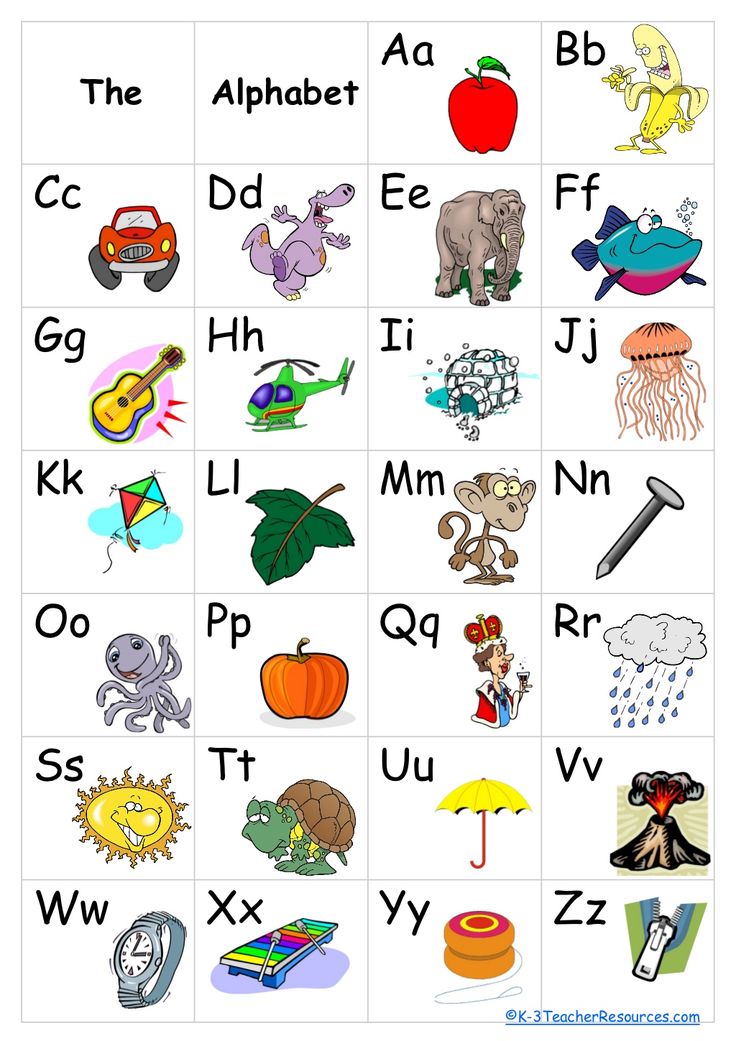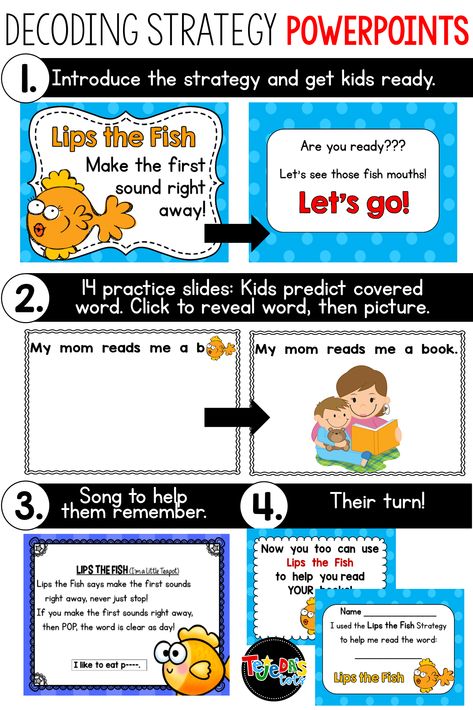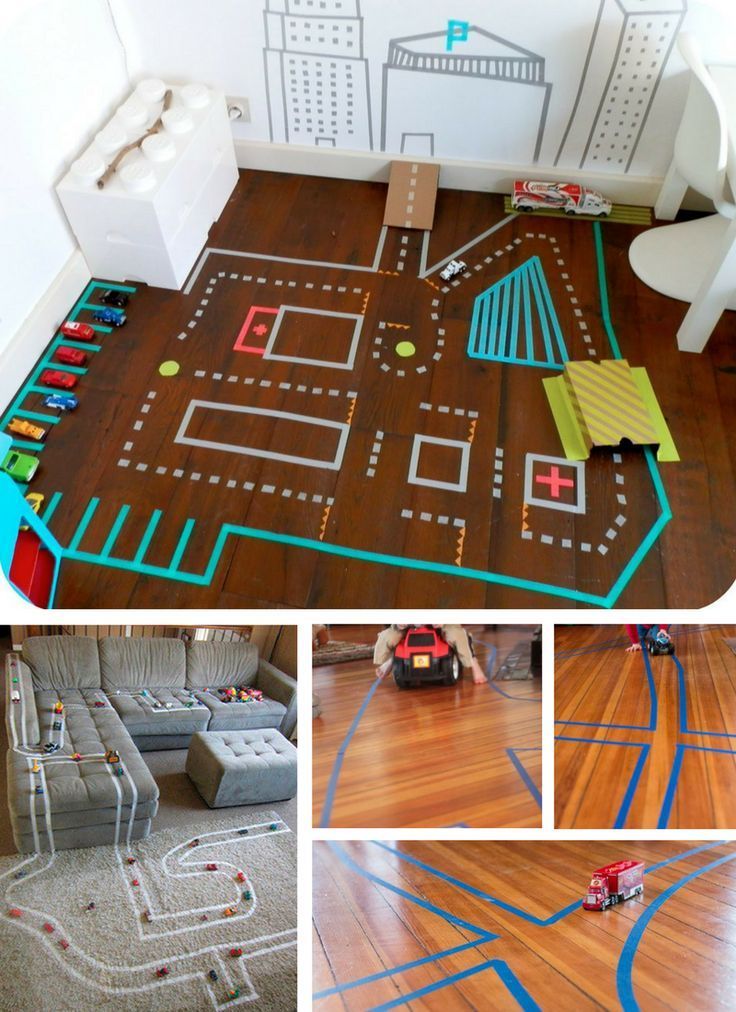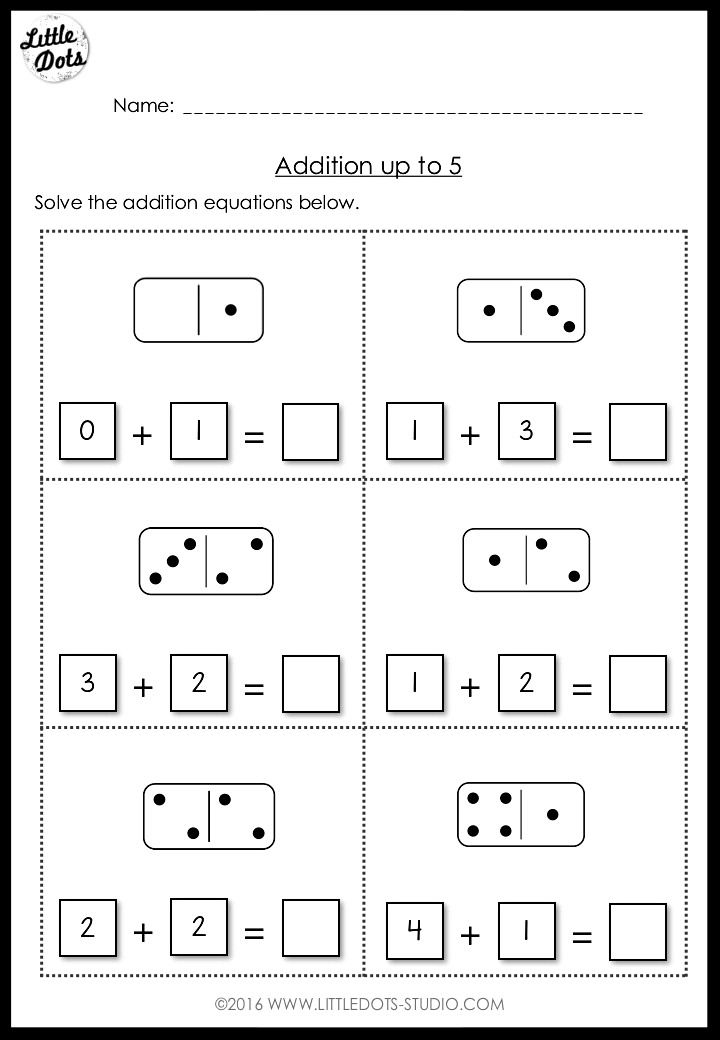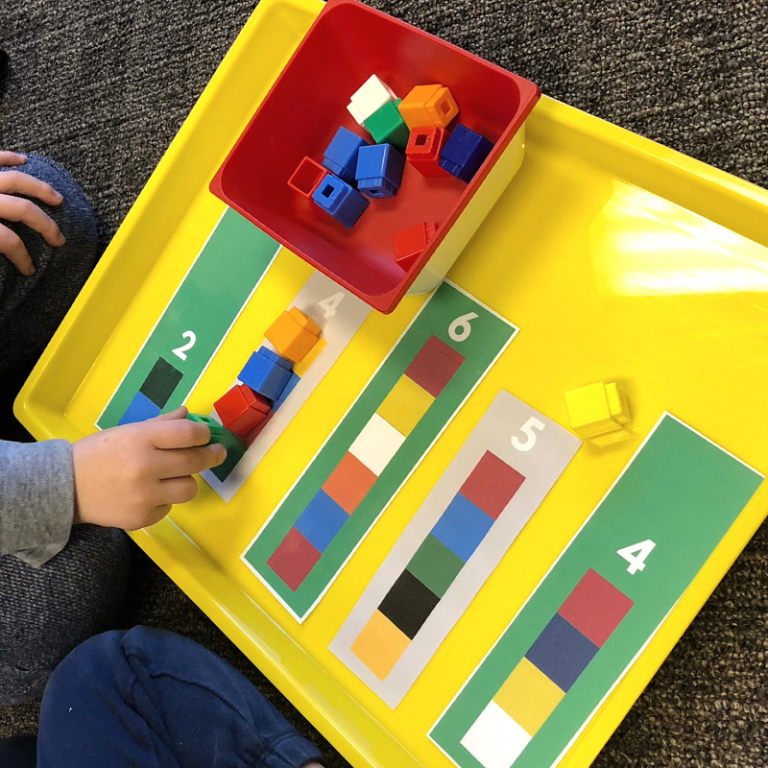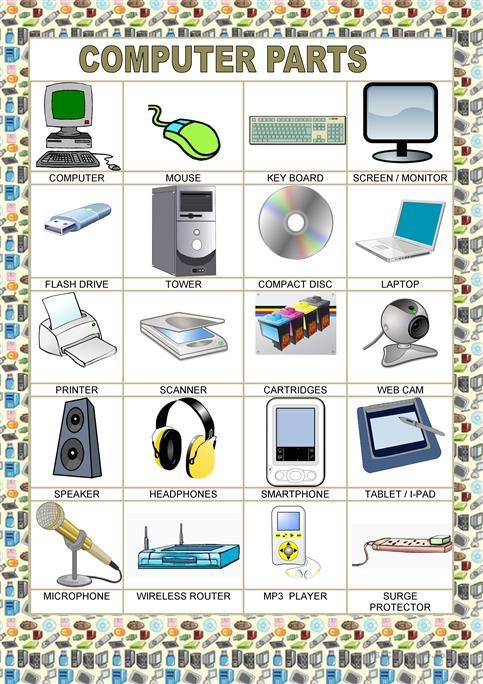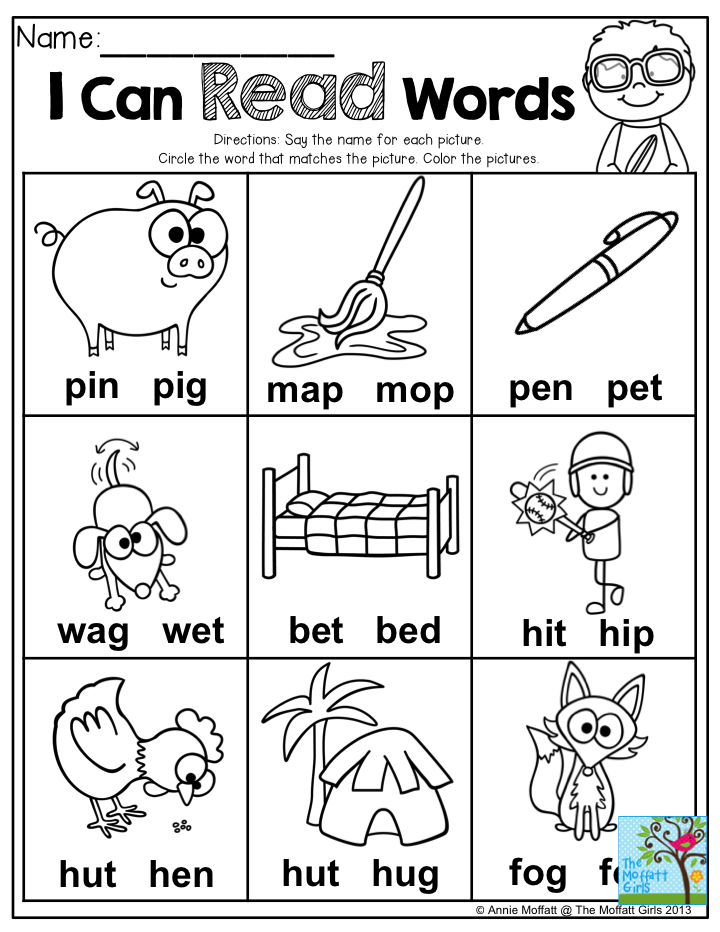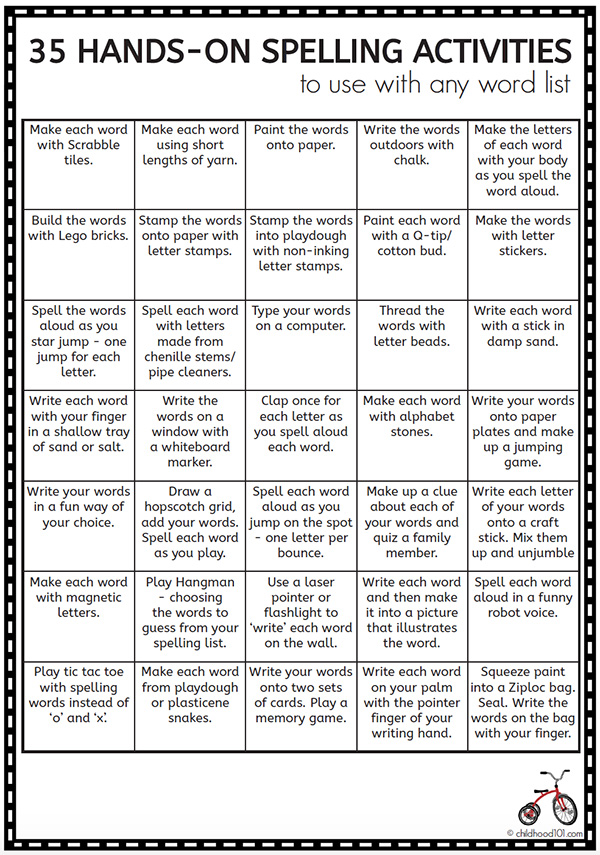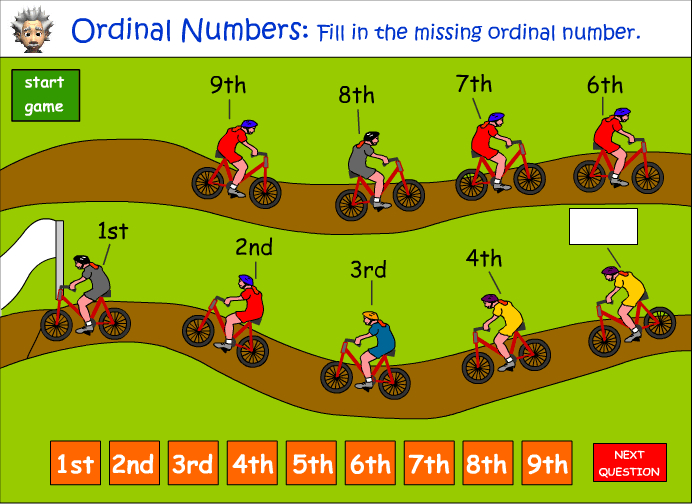Kids learning the alphabet
Teach your Child the Alphabet Here!
Anyone who has kids or has taught them will tell you how difficult it can be to get them to focus on anything for extended periods of time, especially if it’s anything educational. That’s why we’ve came up with a couple of creative options you can try to coax kids into learning and hopefully remembering their ABC’s:
Select the Alphabet to see specific activities corresponding to that letter.
Letter A Activities Letter B Activities Letter C Activities Letter D Activities Letter E Activities
Letter F Activities Letter G Activities Letter H Activities Letter I Activities Letter J Activities
Letter K Activities Letter L Activities Letter M Activities Letter N Activities Letter O Activities
Letter P Activities Letter Q Activities Letter R Activities Letter S Activities Letter T Activities
Letter U Activities Letter V Activities Letter W Activities Letter X Activities Letter Y Activities
Letter Z Activities
Here are some other ways:
Drive Somewhere:
This one is fairly easy to pull off, especially if you drive your kids on the morning school run. All you have to do is point at things like billboards or licence plates and have your children work their way through the letters on it.
It’s an interesting way of learning and it has the added benefit of keeping your kids amused on those long haul journeys or when you’re stuck in traffic.
Alphabet Challenge:
This one can be a lot of fun if you do it right. What you need to do is call out a series of letters or show your children letters on a board for a few brief seconds then have them write a word associated with that letter.
So for example, you would say the letter ‘b’ and they would then have to write ‘ball’, ‘bee’ or if they’re trying to show off ‘byzantine’, although the latter would probably be a bit of a fluke.
Make Alphabet Snacks:
It’s common knowledge that kids love snacks, they will devour everything animal shaped or colorful that’s put in front of them like a pack of tiny piranhas. So what better way to funnel this hunger than by making them snacks based on the alphabet.
So what better way to funnel this hunger than by making them snacks based on the alphabet.
However, instead of turning them loose on the undefended cookies you could tell them to only eat one specific letter.
For example, they can only eat something that’s shaped like the letter ‘a’. That way they start to associate learning the alphabet with treats, which in turn helps to motivate them to learn more.
Sing-Along-Songs:
Sing-Along-Songs are perhaps your best weapon in the war against getting your kids to learn the alphabet. These catchy little tunes are always fun to sing with your children and they will always love a chance to sing a silly song.
If you really want it to stick you could do it every day to maximize the effects of the hypnotic melodies.
Alphabet Bingo:
This one is a ton of fun to play and set up; you can try wrangling your kids in to help you make the cards. For bonus parent points you could let them customize their cards, which will in turn help nurture their own creativity.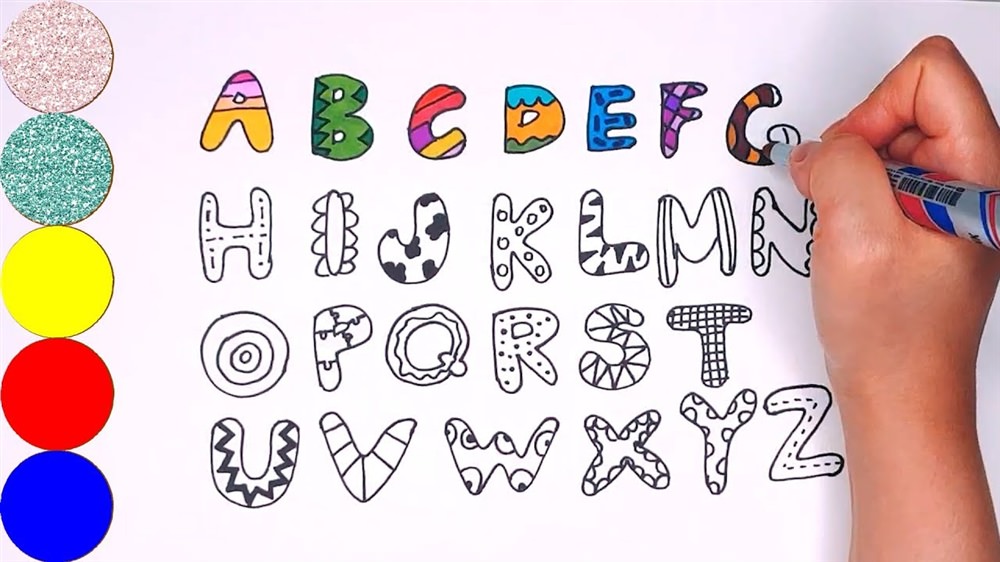
How it works is, you sit your kids down and they each have a card with a series of letters on it, you then sound out the letter as if you were a bingo caller and the kids tick off the appropriate squares on their card. The first child to fill in their card or make a horizontal or vertical line is the winner.
If you want to get really creative you could say words instead of letters and the kids can mark off the first letter of the word. Or if you want to help them with their spelling you could change it to the second, third or fourth letter, although you should make sure the letters you’re using will appear on the cards.
Alphabet Bag Game:
Last, but not least is the Alphabet Bag game. This activity is pretty straightforward to set up; you need a bag and an assortment of items.
Once you have your bag you then show the contents to the kids and ask them to pick an item beginning with a specific letter out of it without looking. If they get it right they win, simple as that.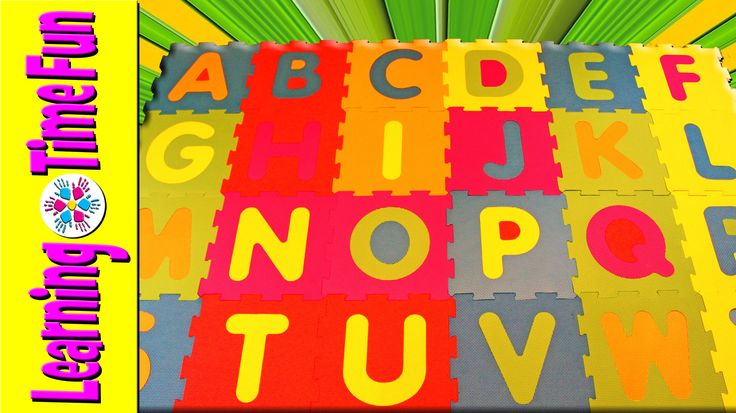
These are just a couple of creative ideas you can try to help your children learn the alphabet, each child will take to these various activities differently, it just depends on how fun you make it for them.
When you’re making your own game at home just remember that your main focus of the activity is to make it as fun as possible for your kids, otherwise they won’t show any interest in it at all.
5 Ways to Teach the Alphabet
Disclosure: This post contains affiliate links to Amazon. See my disclosure for details.
Teaching the alphabet is foundational for reading and writing. Around the age of 2, children begin showing interest in learning alphabet letters. While some kids learn letters very quickly, others need more repetition and time to learn letters. Today I’m going to share with you some of my favorite ways to teach the alphabet to little ones.
Here’s what a preschooler should know before kindergarten:
- Recite/sing the alphabet
- Identify uppercase letters
- Identify lowercase letters
- Match uppercase letters to lowercase letters
- Identify the sounds each letter makes
- Traces letters
- Write some alphabet letters
Here are my five favorite ways to teach the alphabet to children.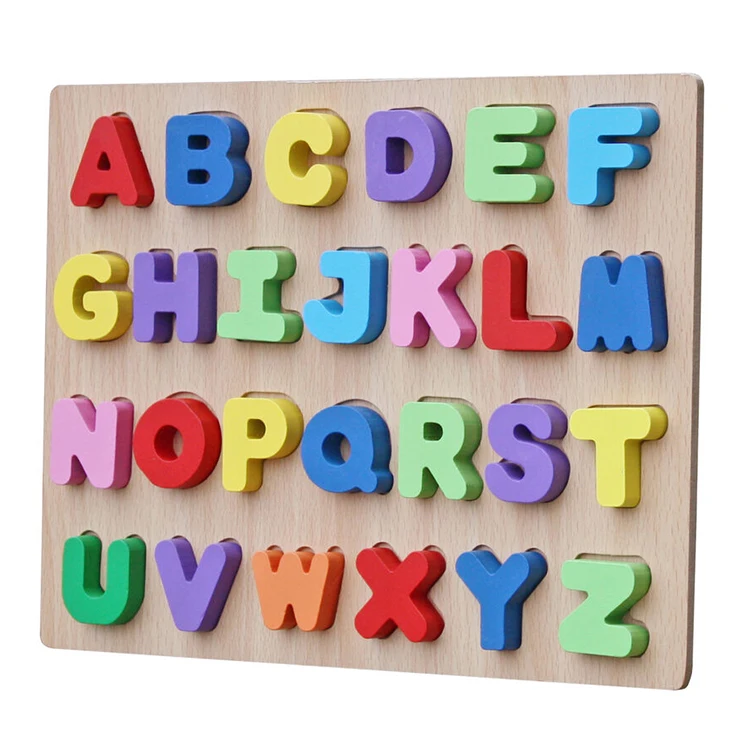
1. Read Alphabet Books
Read all sorts of alphabet books to your children, even starting as babies. The repetition will really help your child learn the alphabet at a young age. When my oldest was born, I was surprised at how many alphabet books we had been given as gifts. We loved reading all of them because they were different from each other. I found that around 18 months both my kids really started enjoyed reading alphabet books. Here are a few of our alphabet books:
Here are some of our favorite alphabet books.
The Three Bears ABCChicka Chicka Boom Boom (Board Book)Eating the AlphabetThe Farm Alphabet BookG is for GoatHarold’s ABC (Purple Crayon Book)I Stink! (Kate and Jim Mcmullan)Bad KittyThe Letters Are Lost!AlphaOops!: The Day Z Went FirstZ Is for Moose (Booklist Editor’s Choice. Books for Youth (Awards))Q Is for Duck: An Alphabet Guessing GameABC T-RexWork: An Occupational ABC
2. Sandpaper Letters
Using sandpaper letters is a great way to introduce letters to children.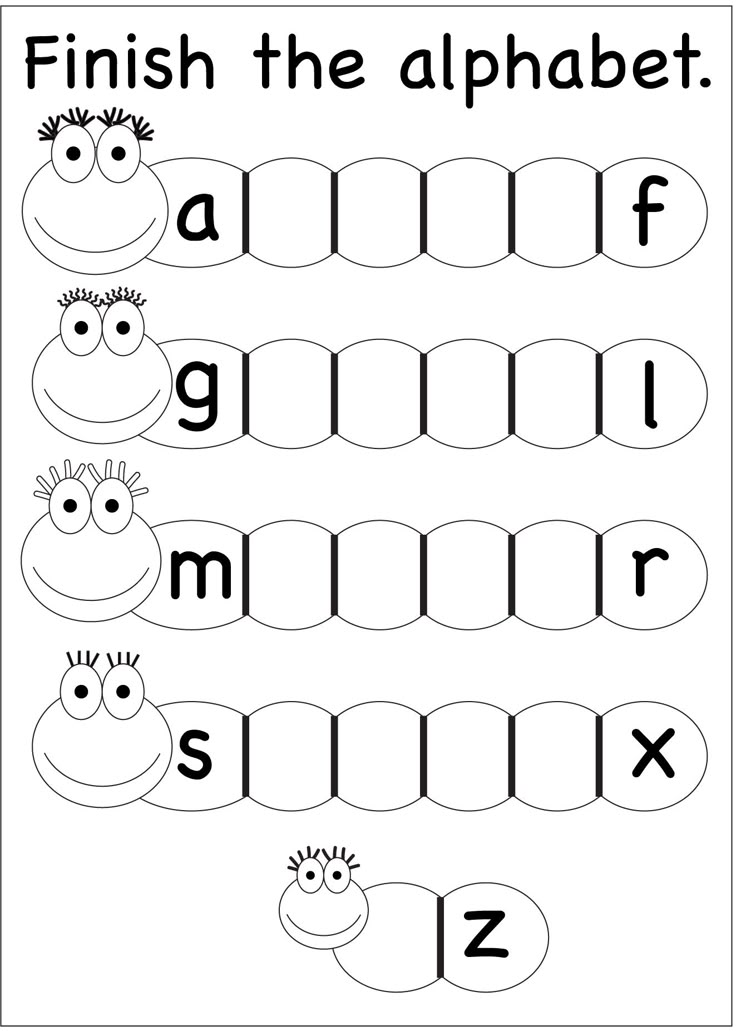 My favorite ones are Didax Sandpaper Tracing Letters or School Supply Tactile Letters Kit. This is a perfect pre-writing activity because children use their finger to trace the sandpaper letters. I love that the cards tell the child where to start and which direction to go.
My favorite ones are Didax Sandpaper Tracing Letters or School Supply Tactile Letters Kit. This is a perfect pre-writing activity because children use their finger to trace the sandpaper letters. I love that the cards tell the child where to start and which direction to go.
Sandpaper letters are part of the Montessori approach to learning how to read. These letters provide a tactile and visual way to help children learn the alphabet. In the Montessori method, you teach letters to a child in the 3-period lesson.
1st period is introducing the letter (“this is” period). Show your child the letters. Have them trace the sandpaper letters. The best way to teach children alphabet letters is by telling them their phonetic sound. So each time they trace the letter, say the phonetic sound.
2nd period is association (“show me” stage). Ask your child to follow simple directions with the letters. For example, please pick up the /m/ and set it by the window.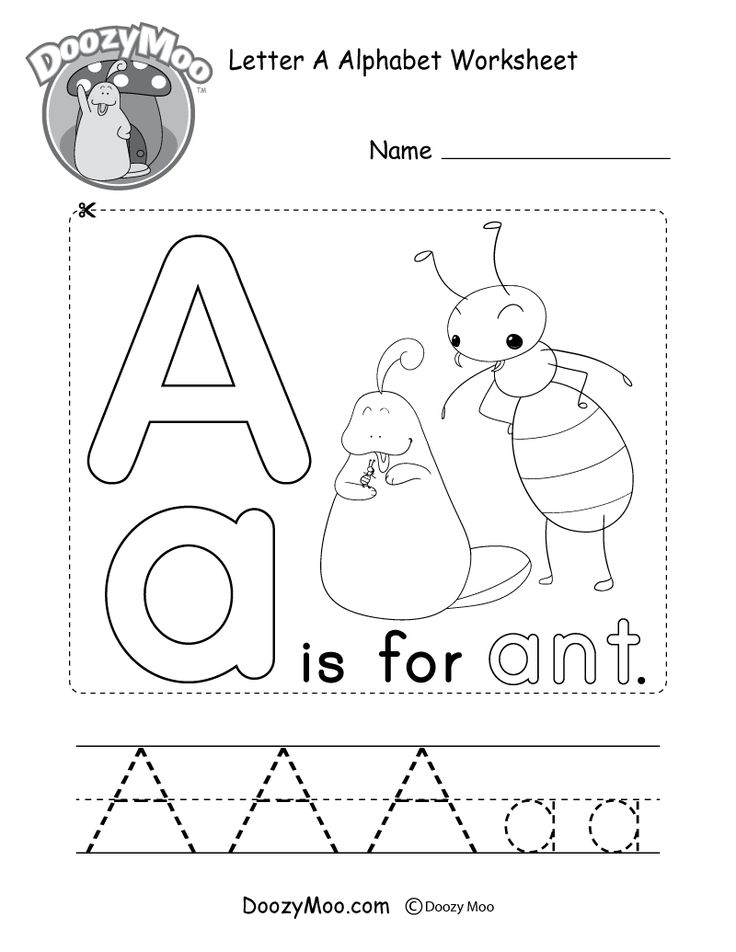 Continue to do this with each letter several times to reinforce this. If it is too difficult, return to the first period.
Continue to do this with each letter several times to reinforce this. If it is too difficult, return to the first period.
3rd period is recall (“what is this?” period). Only go to this period when they’ve mastered the other two periods. Put a letter in front of the child and say “Can you trace this and tell me what it is?” Continue with the other letters in the same way.
When you use these sandpaper letters, you are teaching them 3 things: the shape of letters, the feel of its shape and how its written, and how you pronounce its sound.
3. Alphabet Puzzles
I think teaching letters with alphabet puzzles are an amazing tool for teaching the alphabet. This is my favorite puzzle, from Melissa and Doug. It’s a beautiful wooden puzzle with neat pictures. This is a great way to practice vocabulary and verbal skills, too.
4. Sensory Activities
While some kids learn letters very quickly, others need more repetition and time to learn letters.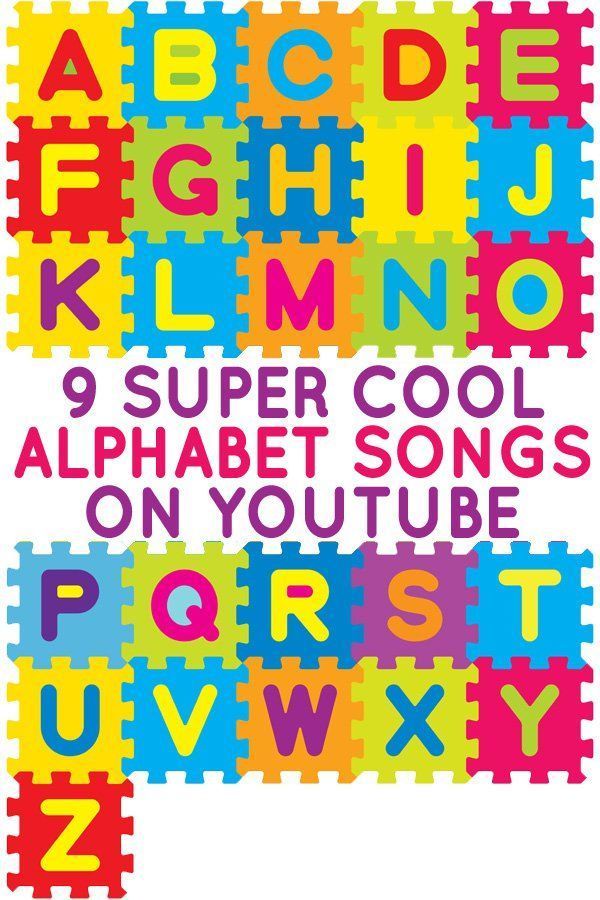 I’ve always said that children learn best when they have many multisensory experiences with letters.
I’ve always said that children learn best when they have many multisensory experiences with letters.
I love to incorporate sensory play into learning alphabet letters. When children have meaningful activities with repeated exposure, they start to pick up on letter names. One way is this alphabet ice excavation activity.
You could also make a sensory bin and do an uppercase and lowercase matching activity, like this one.
Or practice writing letters in the sand, like this sensory writing tray.
5. Alphabet Printables
I have quite a few alphabet printables on my blog, but here are is a set that is easy and fun for preschoolers. You will need Do a Dot Markers or dot stickers to fill in the circles.
I love pulling printables out for a quick and easy activity. I’m always advocating for hands-on learning, but sometimes it’s nice to do a few paper activities. Using Do a Dot markers or dot stickers is great for hand-eye coordination and fine motor skills.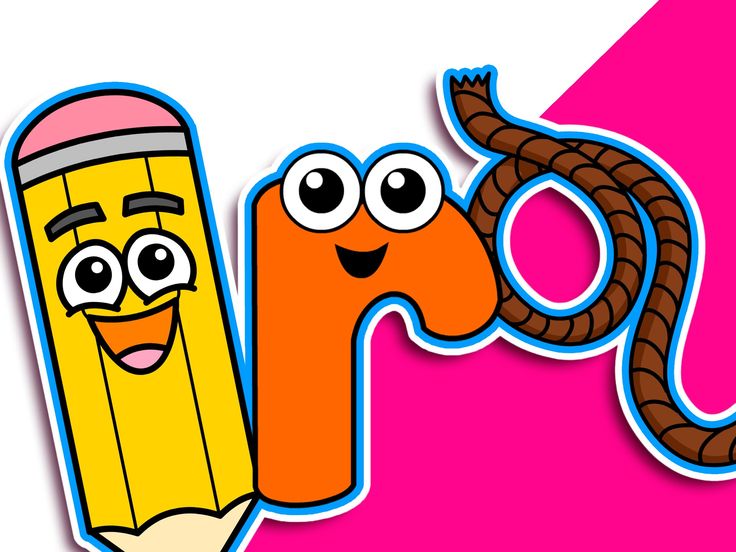
If you’d like to download this printable, just click the button below.
Learning the alphabet: methods, exercises and games for children
The alphabet is the foundation of reading. Therefore, before you start reading and writing, teach your children the letters.
Children can start learning to read as early as preschool age. Parents and teachers need to teach their child how to pronounce sounds correctly in their native language. These are important prerequisites for learning letters and learning to read successfully. The educational process of preschool children is based on visual, acoustic and tactile exercises. The use of various channels of perception in the educational process increases its effectiveness and stimulates long-term memorization of letters.
Learning the alphabet: introducing the child to the alphabet.
To master reading, a child must learn and recognize not only the graphic form of letters, but also be able to compare them with their corresponding sounds. This means that the child must be able to write letters and pronounce them. When the child learns to correctly pronounce all the sounds in his native language and distinguish letters by visual form, go directly to reading. As a rule, at the age of 5-6 years, most children no longer experience difficulties in this.
This means that the child must be able to write letters and pronounce them. When the child learns to correctly pronounce all the sounds in his native language and distinguish letters by visual form, go directly to reading. As a rule, at the age of 5-6 years, most children no longer experience difficulties in this.
See also: Reading and bilingualism. Bilingualism in children
From the age of 5 to 6, children begin to understand that there is a lot of information encoded in language using letters. Thus, they are interested in learning to read by then, as they are naturally curious.
Of course, babies can learn and memorize individual letters quite early. However, their interest, mostly spontaneous, is directed to individual words and letters. Here it is important to gently motivate the child by encouraging him to learn through games and a comfortable environment. However, too much pressure can lead to stress, causing little ones to lose any motivation to learn letters.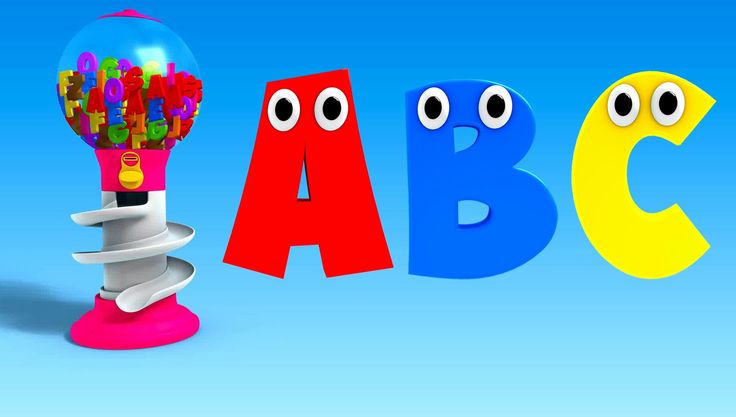
Alphabet learning games
The first rule of learning the alphabet: learn the letters one by one!
Don't forget, each letter is made up of visually similar elements. If you try to teach a child several letters at a time, he may become confused. Learn the letters one by one. One lesson - one letter.
Second rule of learning the alphabet: take your time!
Give your child enough time for each letter. Plan 1-2 lessons for each new letter. Organize the lesson in a form that is interesting for the child with the help of games.
Tactile method: from studying letters to reading
The child sees something abstract in a letter. Chains of associations will help in learning letters. Associating each letter with something specific or familiar helps the child fix it in his memory.
1. Make a letter out of plasticine
Let's memorize what a letter looks like and develop fine motor skills.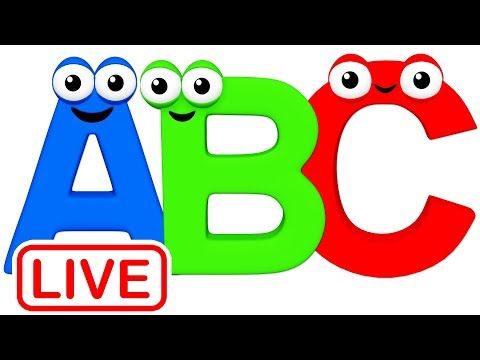
We will need: plasticine (should be elastic), modeling board and a disposable plastic knife.
Together with your child, roll out 8 approximately identical sausages from plasticine. 2 - divide in half, 2 - divide into 3 parts. From the remaining 4, make rings by blinding their edges and cut 2 of them in half, creating semicircles. Thus, you should get a set of elements to compose any letters of the alphabet. Show the child a couple of examples and ask them to repeat, collecting previously passed letters.
2. Magic wands
Let's memorize letters, learn how to make letters from sticks, learn how to transform letters.
We need: a set of counting sticks. If not, you can replace with matches or toothpicks.
The easiest way is to lay out letters from sticks according to a pattern or without a pattern (according to the idea). When the child learns to lay out all the letters, you can complicate the task by laying out objects familiar to the child from them, and then ask them to change them, for example, make a figure resembling a door out of sticks, and then ask the child to remove 2 sticks to make the letter P.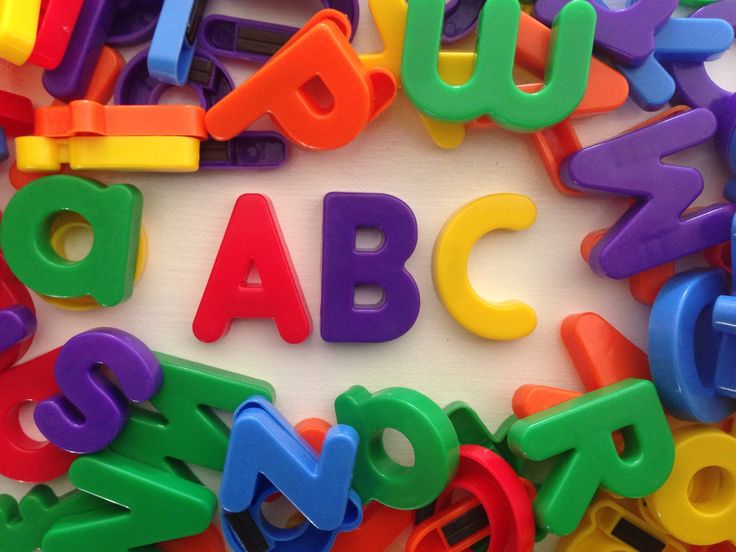
3. Tactile letters
Memorize letters and develop fine motor skills
We will need: sandpaper, velvet paper, scissors.
Cut out letters from sandpaper or velvet paper. The child will have to close his eyes to identify the letter by touch.
4. Draw a letter on the semolina
Memorize letters, develop fine motor skills
We will need: bright dish tray, semolina
Pour sand or semolina in a thin layer on the tray. Set an example for your child, show how to write letters on the croup with a finger or a stick. Ask him to write next to the letter, the same as you wrote, to write a letter more or less than yours, to add an unfinished letter, or to erase the extra detail of the "wrong" letter. Children will like this game, just shake the tray a little, and the mistake or inaccuracy made disappears!
5. Mirror letter
Memorize letters and train attention
We will need: cardboard, pencil and scissors
Prepare identical cards cards, 2 pieces for each letter. Write 1 letter on each card. Write the letters in mirror image and correctly. Lay out cards with the same letter in front of the child and offer to choose the correct one.
Write 1 letter on each card. Write the letters in mirror image and correctly. Lay out cards with the same letter in front of the child and offer to choose the correct one.
6. Memory test game
Train memory
We will need: scissors, cardboard and a pencil
The game "Memory Test" will challenge even older children. Write each capital letter on one card and lowercase letter on the other card. Turn over all the cards and place them on the table. Ask your child to match uppercase and lowercase letters. You can complicate and add a dictionary element. Have the children match the letter of the alphabet with the picture that starts with that letter.
7. Bean bag
Memory training
We will need: a bag of beans or other bulk material, a tablecloth or a large piece of paper.
If you want to warm up a bit while you study the letters, play a game of Beanbag. Write the alphabet randomly on a large piece of paper. Give the children a bean bag and ask them to put it on paper. The child must name a word that begins with the letter on which the bag fell. If a student is stuck, help him.
Give the children a bean bag and ask them to put it on paper. The child must name a word that begins with the letter on which the bag fell. If a student is stuck, help him.
Ask the child to check the chosen letter with letters from the alphabet. Be sure to ask the name of the letter. The exercise will help children learn to distinguish visually similar letters and avoid mistakes when writing them in the future.
Drawing, coloring, cutting letters out of paper and gluing them together develop fine motor skills in children. Self-made flash cards with letters facilitate memory and associative thinking, creating the basis for tactile games. You can make postcards alone or with your child. Letters can be cut out of paper of various textures and pasted onto cards made of cardboard or paper. Then you can ask the child to pick up letters from 2-3 cards with their eyes closed.
Literacy begins with learning the letters of the alphabet. Combine different perceptual styles.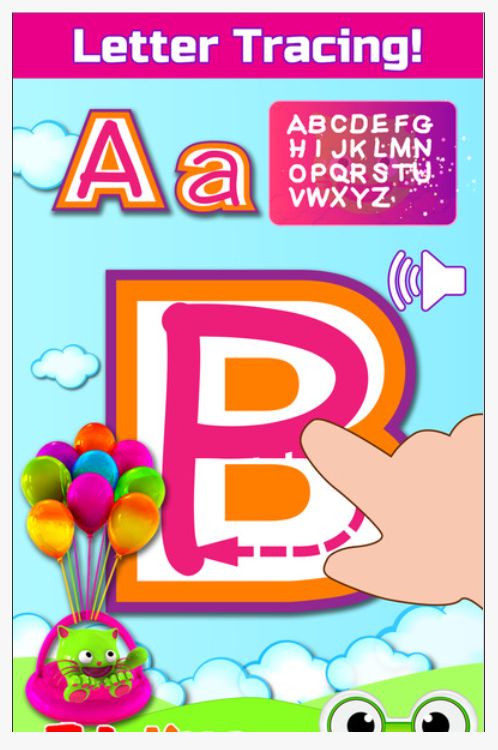 The alphabet learning games described above help children to learn letters at different levels. Moreover, fine motor skills play a crucial role in the formation of systematic connections in the mind of the child and create the basis for the development of reading and writing.
The alphabet learning games described above help children to learn letters at different levels. Moreover, fine motor skills play a crucial role in the formation of systematic connections in the mind of the child and create the basis for the development of reading and writing.
How to learn the alphabet with a child. Learning letters together
Letters are all around us. Signs, announcements, books and magazines - all this the child sees from a very young age. But it doesn’t immediately become clear that these “squiggles” are not just incomprehensible meaningless icons, but a way to convey information in the form of text. Therefore, with the study of the alphabet, a completely new world opens up for the baby, in which letters are folded into syllables, and syllables into words that can be read and later written. In our article, we will tell you when to start learning the alphabet, how to make the process interesting for a child, and what methods are best for children of different ages.
Why learn the alphabet?
It seems that the answer to this question is quite obvious - that the child could read. However, it's worth digging a little deeper. Often, parents do not fully realize what caused their desire for the child to quickly master the letters. If the kid is already 5-6 years old, and the first grade is just around the corner, then the desire to learn the basics so that further study is easier, understandable and logical. Or maybe your child is only three years old, but you want him to show off his knowledge at a family evening? Or do all the acquaintances vying with each other say that their children have not only learned the alphabet, but also read freely? Give yourself an honest answer to these questions, and consider whether it is necessary to postpone training until a more appropriate moment.
The most important thing is whether your child is ready. Curiosity, interest in new things, the ability to memorize previously unknown information are all signs that you can start learning the alphabet.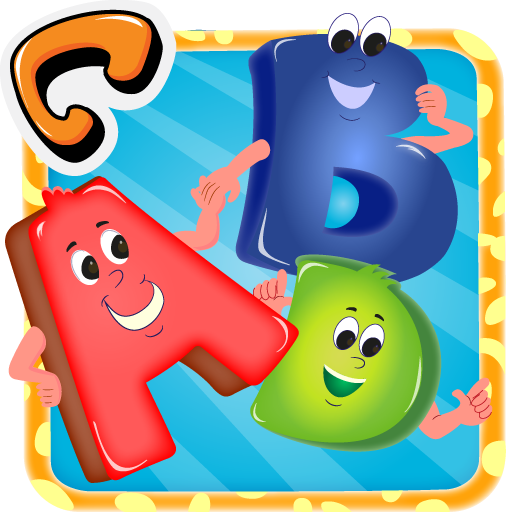 But you should always remember that there is no point in teaching against the child’s desire, all classes should be held in an unobtrusive playful way. Questions “how to read?”, “What kind of letter?” Are pouring in on you, the baby is interested in not only pictures in books, but also captions to them, or are you going to school soon? Well, then feel free to start your acquaintance with the alphabet.
But you should always remember that there is no point in teaching against the child’s desire, all classes should be held in an unobtrusive playful way. Questions “how to read?”, “What kind of letter?” Are pouring in on you, the baby is interested in not only pictures in books, but also captions to them, or are you going to school soon? Well, then feel free to start your acquaintance with the alphabet.
Basic tips for learning the alphabet with your child
The alphabet is not just a certain sequence of letters. This is the foundation from which the child's learning to read begins. Therefore, it is important to understand that simply learning the alphabet as a rhyme or a counting rhyme is possible, but practically useless if there is no practical application of the information received. If you do not start trying to teach your child to read immediately, but after a long break, there is a high probability that your baby will simply forget the letters by this point, and you will have to start all over again.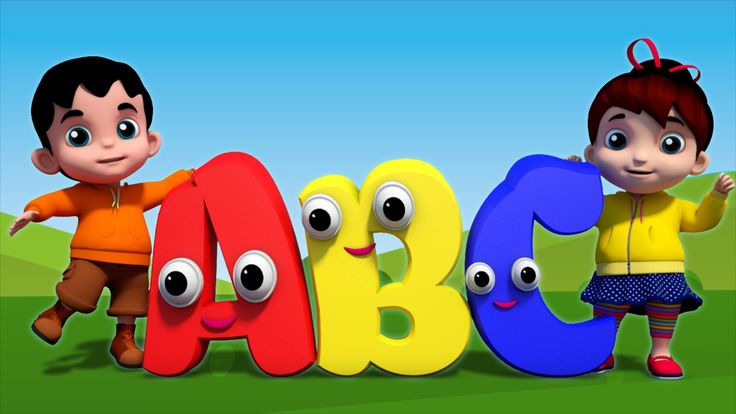
There are a few general rules to follow when you start learning the alphabet with children:
1. Learn the sounds, not the letters
It's easy for us adults to figure out what the name of the letter is and what sound it is means may not match. For a small child, on the contrary, such a concept may be too complicated. Do not confuse the baby, he will eventually learn that the letters are called “be”, “el” or even “and short”, better demonstrate what sounds are indicated by the corresponding signs - “b”, “l”, “y”, give examples of words with these sounds. In this way, the child, with less effort, will be able to understand how syllables are read, and later whole words.
2. Do not learn the alphabet in order
Memorizing a clear sequence is, of course, useful for the development of a child's memory, but it does not make it obvious to him what he actually learned and why. If, however, the alphabet is disassembled gradually, according to a clear and logical system, without overloading the child's perception excessively, there will be much more benefit, since knowledge will not be superficial, but based on a deeper understanding of the structure of the language.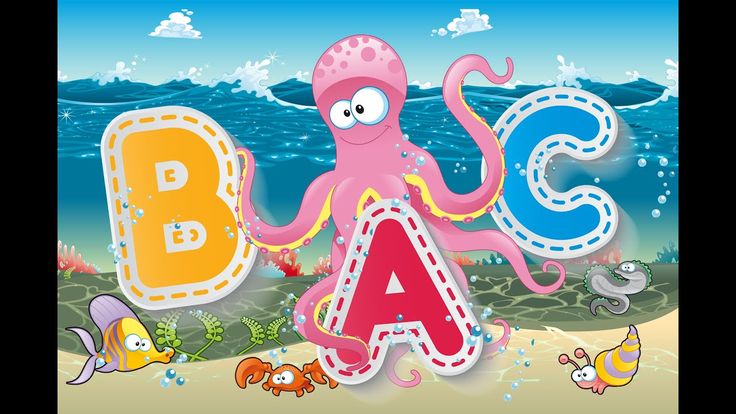
3. Do not mix vowels and consonants
Learning letters mixed up is no less a mistake than memorizing the alphabet strictly in order. Vowels and consonants must be studied separately, otherwise the child will be completely confused. Always remember that things that seem clear and simple to us, small children learn for the first time, so even the main sign by which sounds are divided (vowel-consonant) is not immediately comprehended. The situation when the studied letters do not have any common feature is confusing and slows down the assimilation of the material.
4. Vowels first
There are only 10 vowels in the Russian alphabet, so the child will have to remember a little at first. In addition, vowels require only a long “singing” and slight changes in the articulation of the lips, neither the tongue nor the teeth need to be connected, so it will be easier for the baby to understand how the written sign correlates with the sound being pronounced. When all the vowels are firmly learned, it will be possible to add consonants.
5. Don't force learning
Of course, you really want your child to learn all the letters and start reading as soon as possible, but you still shouldn't rush. Learn one or two letters, repeat what you have learned more often, do not move on to a new one without waiting for the consolidation of what has already been studied. Start with very simple and clear things. Show the young student the letter "A", tell how it is pronounced, what it looks like, what words begin with it. Fold it together with the baby from sticks, draw or mold it from plasticine - tactile sensations will help the child better remember the image of the letter and associate it with sound. Apply theory to practice, for example, ask while walking to look for the letter "A" on signs, in advertisements, and so on. Only when the child has learned the letter and the corresponding sound, proceed to the next, all the same one at a time, methodically and slowly.
Age-appropriate alphabet learning
3-4 years old
If you think your child is ready to learn letters at 3 years old, then here are some tips and tricks to help you achieve great results.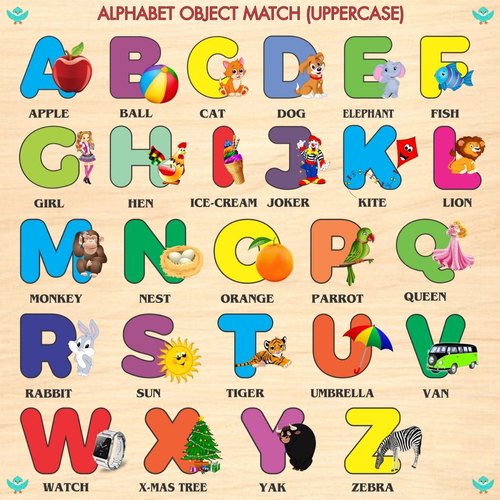
First of all, in no case do not force or coerce the child into classes, they should take place exclusively at the request of the child, in a fun way, and end as soon as you see signs of fatigue and weakening of concentration. The optimal lesson time for a three-year-old is 5-7 minutes.
Do not set a goal to learn the entire alphabet in a short time, it is at best pointless, and in some cases it can even be harmful - up to a certain point the child's brain may simply not be ready for this or that knowledge. Do not try to outwit nature, at three years old your task is more to interest, captivate the child, show him the basics.
Do not overload your child with a lot of information - let your “lessons” take place no more than twice a week, and take the rest of the time to consolidate and repeat the studied material. At the same time, the regularity of classes is very important, conducting them from time to time is not the best idea, the child will get confused and forget what you went through with him.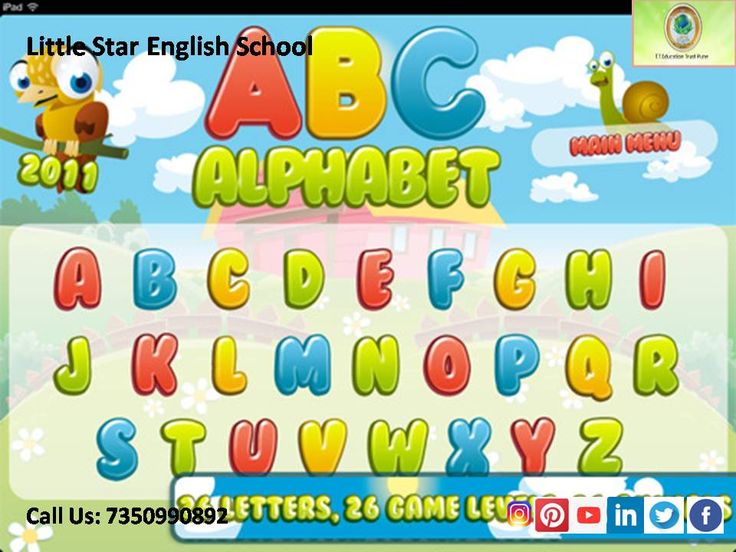
Start with vowels. Move on to consonants only when you are sure that the child has firmly learned all 10 vowels and brought the skill to automatism. Vowels are best taught in pairs: A - Z, O - E, U - Yu, E - E, S - I. So it will be easier for the baby to remember. Later, this will also help with the assimilation of the principle of hardness-softness of consonants.
Use books with bright, large pictures. Closer to the age of four, the child will also be interested in blocks with letters, coloring books and stickers, posters with and without voice acting; but be careful with the posters - remember that we need to learn the sounds, not the names of the letters, so look for posters that pronounce exactly the sounds. Magnetic letters will also help - they can be placed on a magnetic board or simply on the refrigerator. You can learn rhymes and songs with the mention of the sounds that you are studying, play with letters cut out of paper.
Let the child represent the letter in different ways - by drawing, modeling with plasticine, folding with sticks or drawing lines in the sand or grits.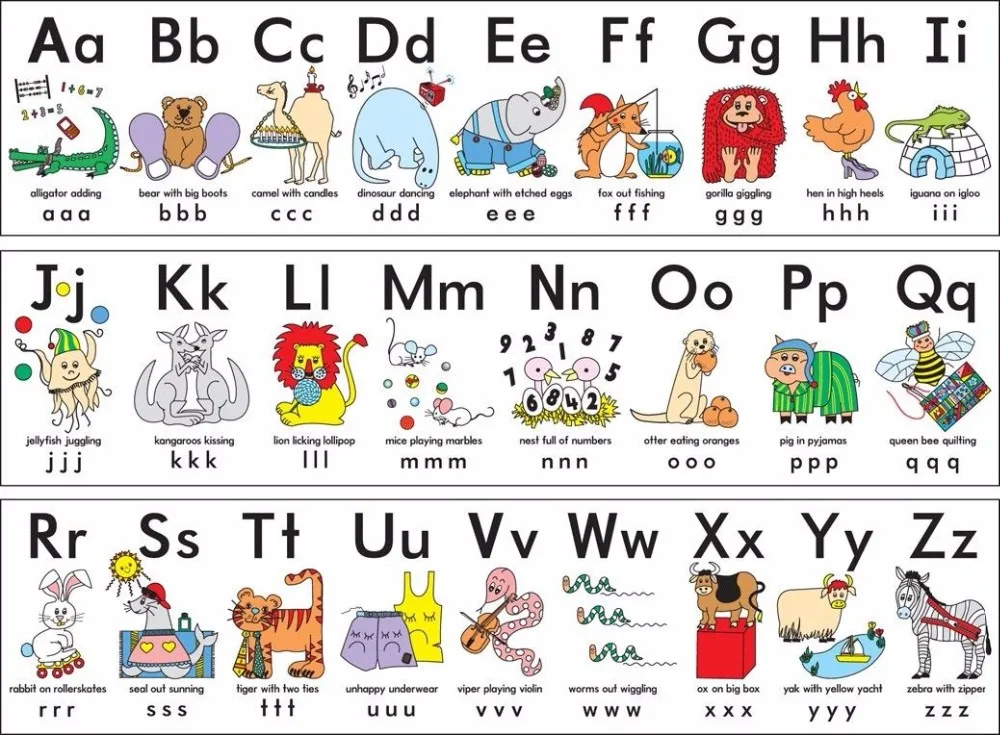 Such activities are also useful for fine motor skills, and this is a very important skill for the baby, which affects, among other things, the development of speech.
Such activities are also useful for fine motor skills, and this is a very important skill for the baby, which affects, among other things, the development of speech.
There are more consonants in the Russian language, so it will take a longer time to study them, and if you consider that most consonants have both hard and soft variants, the task becomes even more complicated. But with the right approach, there should not be any particular difficulties. If the child has already mastered all the vowels and understands the difference between, for example, “A” and “I”, then it will not be difficult for him with your help to figure out how “ma” and “me” differ. You can make a table where such pairs of syllables will be shown clearly. The main thing is to always clearly pronounce the sound yourself and achieve the same pronunciation in the child. Correct articulation is the key to both good diction and correct reading in the future.
5-6 years old
For all our passion for early development, many experts agree that the optimal age for learning the alphabet is 5-6 years old. The child will soon go to school, which means that his brain is already quite ready to memorize all the letters and gradually learn to read. At this age, it is especially important that your preschooler speaks clearly and correctly, so pay maximum attention to his speech, whether all sounds are pronounced without problems, whether some of them need to be corrected independently or with the help of a speech therapist.
The child will soon go to school, which means that his brain is already quite ready to memorize all the letters and gradually learn to read. At this age, it is especially important that your preschooler speaks clearly and correctly, so pay maximum attention to his speech, whether all sounds are pronounced without problems, whether some of them need to be corrected independently or with the help of a speech therapist.
If at three years the emphasis is on the play component of classes, then by the age of 5-6 it can be slightly shifted towards the child's consciousness. Tell us about how great it will be to read books yourself, how knowledge of the alphabet will come in handy at school. Keep the elements of the game, use the same methods that are suitable for four-year-olds, but increase the lesson time, introduce more printed materials. You will need special recipes for preschoolers, books and manuals with creative tasks, various sets of cards.
Introduce your child to syllables.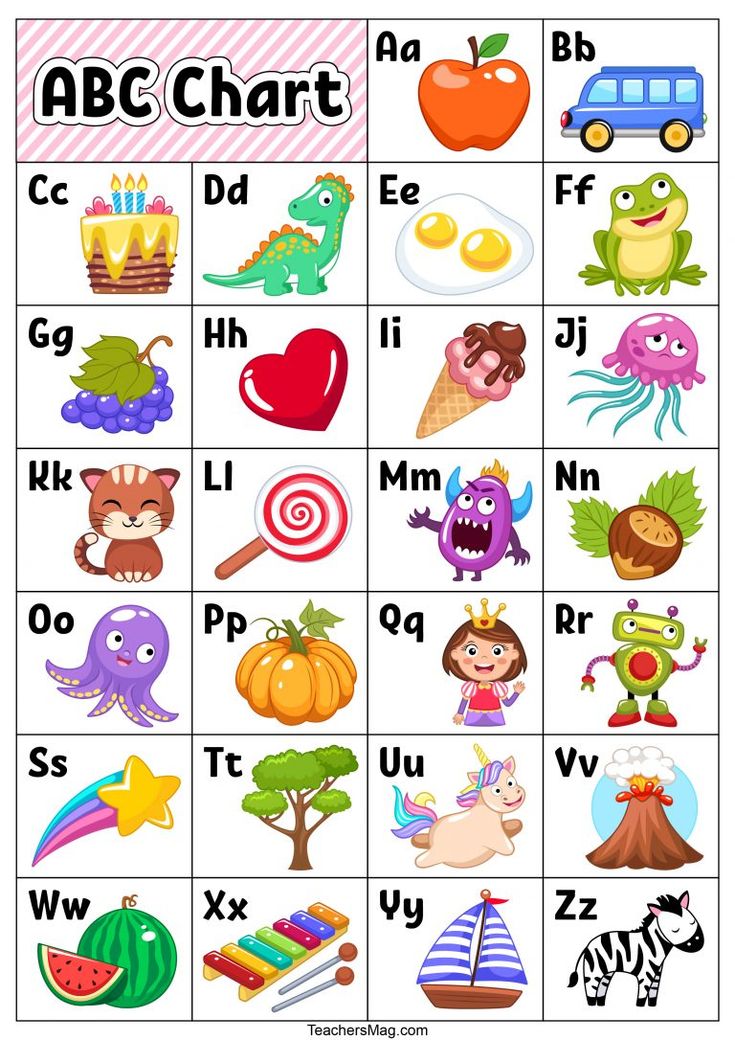 Use single letter flashcards to show how a syllable is built - for example, say that a consonant and a vowel run or are attracted to each other and demonstrate their convergence by saying the syllable at the same time. Later, use cards with a ready-made printed or hand-drawn syllable in the lessons. Do not forget about the regularity of classes and the constant repetition of the material covered.
Use single letter flashcards to show how a syllable is built - for example, say that a consonant and a vowel run or are attracted to each other and demonstrate their convergence by saying the syllable at the same time. Later, use cards with a ready-made printed or hand-drawn syllable in the lessons. Do not forget about the regularity of classes and the constant repetition of the material covered.
Primer learning
By the age of six, a good primer will be clear and easy to learn. For example, the “Primer” by N. Zhukova is considered one of the best, although for younger children it may seem boring - it focuses on learning without providing entertainment materials. But in this primer much attention is paid to speech therapy moments.
“My primer: a book for teaching preschoolers to read” N.V. Nishchevoi - a manual also with a speech therapy bias, but the author adheres to his own methodology for studying letters and sounds. The path from simple sounds to complex ones will help the child develop both reading skills and good articulation.
In order for a child to develop a love for reading from a very early age, VV Shakirova's Journey to the Sound Book is a good choice. There is more entertainment material here that will interest and captivate the child. In addition, Shakirova paid a lot of attention to the development of motivation, and this will definitely come in handy in the future, in the process of further study.
Games for learning the alphabet
In this section we will give examples of games that will make learning more interesting and at the same time more effective. Entertaining elements will not only diversify classes, but also provide a fairly wide field for applying the acquired knowledge in practice.
"Find the letter" . On a sheet of paper, arrange different letters in a random order. Let them be bright and large. You name the letter, and the child must find it and show it. A mobile version of this game is to hang sheets with large letters around the room, let the child find and tear off the desired sheet.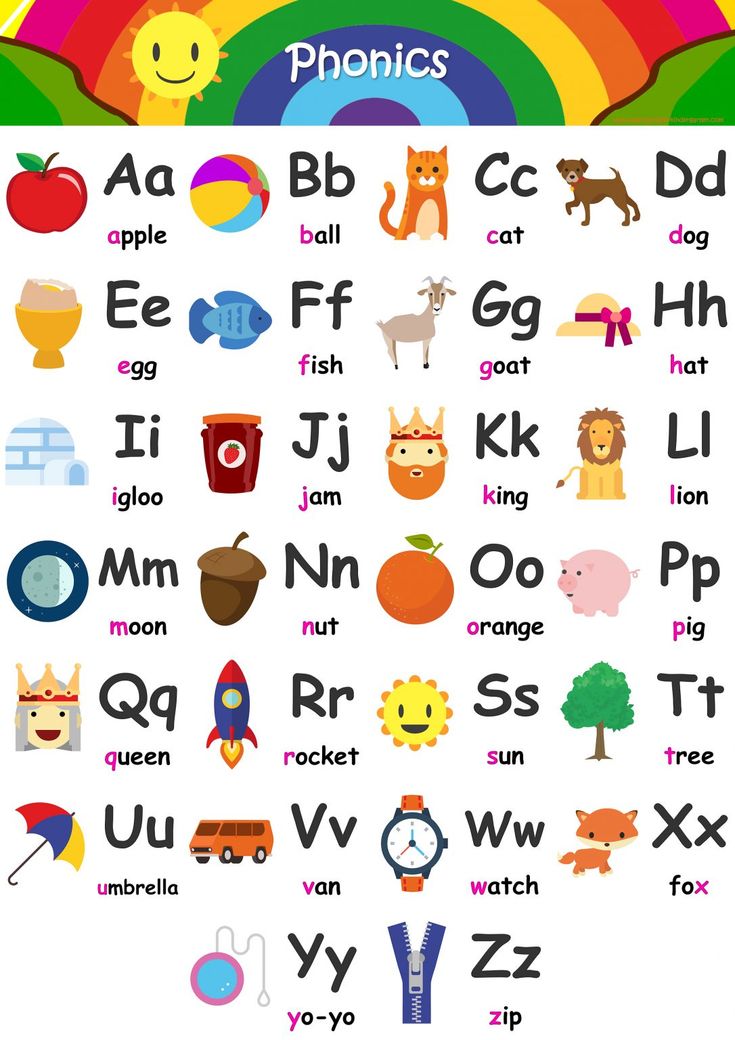
Memo . Prepare a set of cards, each letter must be represented in duplicate to get a certain number of pairs. Cards are laid out in several rows face down. Have the child turn over one card and name the sound that the letter on it represents. Then you need to find a pair for her by opening other cards. It didn’t work the first time - the cards are turned back face down and you have to look again. A pair was found - the player takes both cards for himself, and so on until the moment when all the cards run out.
“What letter does it begin with?” . Arrange several animals in a row - these can be drawings on paper, cards or small toys. Select the letters with which their names begin, and give them mixed to the child. The task is to correlate which letter refers to whom, and put it next to the desired animal.
Collect the letter . Draw a letter the size of the entire sheet of paper. Cut into several parts, let the kid assemble the resulting puzzle and name which letter is depicted on it.

